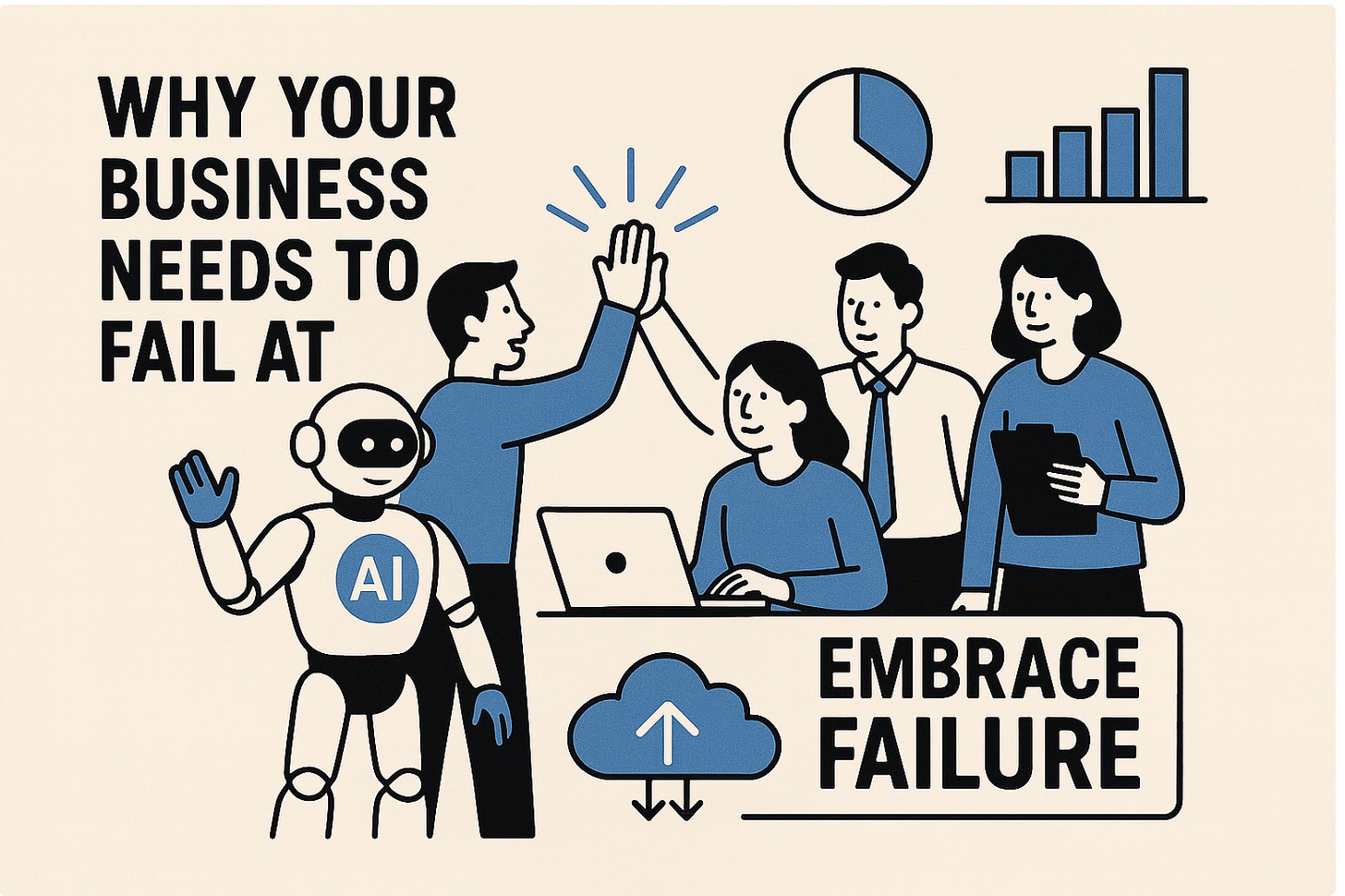This week on the Signalflare Sessions webcast, I spoke with Carl Osborn (author of Delivering the Digital Restaurant) and Deborah Matteliano from AWS. Both shared insights that reshape how companies should think about implementing AI agents.
Their takeaways cut through the usual hype and fear. Instead of focusing on job loss or seamless automation, they emphasized a different lens: team-building and learning through failure.
Carl's key point: Business leaders often ask the wrong question. They focus on how many jobs AI will replace. A better question is: What could you achieve with 100 more employees? AI agents should be treated as team expansions, not layoffs.
Deborah added: "Embrace failure." Learning doesn't come from getting everything right—it comes from iteration.
Together, these two points create a more realistic and actionable way to approach AI.
AI Learns Like People—Just Faster
AI agents are built from learning models trained on data. Like people, they improve through feedback, correction, and repetition—but on a compressed timeline and at larger scale.
This means AI deployment should resemble employee onboarding, not software installation. You wouldn't expect a new hire to perform perfectly on day one. You'd expect growth over time. AI agents need the same mindset.
AI as Team Expansion
Carl's framing matters because it shifts strategy from cost-cutting to capacity-building. Companies focused on replacing workers tend to implement AI defensively. They automate to shrink.
But companies focused on team expansion use AI to grow. They explore new offerings, unlock sidelined ideas, and move faster on initiatives they couldn't afford before.
Think of stalled marketing campaigns, delayed service improvements, or unbuilt internal tools—ideas sidelined by resource limits. With AI agents, these become viable without hiring more people.
Why Failure Matters
Deborah's call to embrace failure ties directly to how AI improves. These systems learn best when exposed to real-world friction—edge cases, errors, and unexpected inputs.
A support agent AI won't learn how to resolve tough calls by reading documentation. It learns by handling them and receiving feedback.
The companies that get the most from AI are the ones that test, fail, adapt, and repeat. Some agents won't work. Some will surprise you. Some need retraining. That's how you find the breakthroughs.
This requires new processes—ways to test quickly, measure progress, and treat AI errors as data, not disasters.
Implementation Is a Learning Process
AI can already handle many day-to-day tasks with little oversight. The challenge now is organizational: are you ready to learn with AI?
Start with low-risk, high-feedback environments. Start by curating accurate data sources for inputs. Pick tasks where mistakes are easy to spot and low-cost. Route inbound inquiries. Schedule social posts. Each step helps both the system and your team understand where AI fits.
The AI improves. Your team sees what to keep and what to hand off.
A Restaurant Use Case
In restaurants, AI could manage reservations, inventory, supplier messages, and customer questions. That frees humans to focus on service, problem-solving, and guest experience.
With AI running back-of-house tasks, a restaurant could launch menu experiments more often, respond to reviews quickly, and adjust operations in real time. The point isn't to replace servers—it's to upgrade the whole experience.
Competitive Advantage Comes from Learning Fast
Companies that combine AI-driven team expansion with tolerance for failure will pull ahead. They'll test faster, serve better, and act on ideas others can't pursue.
The real advantage lies in learning quickly. Not getting it perfect. Not replacing headcount. But figuring out, one experiment at a time, how to do more with what you have.





